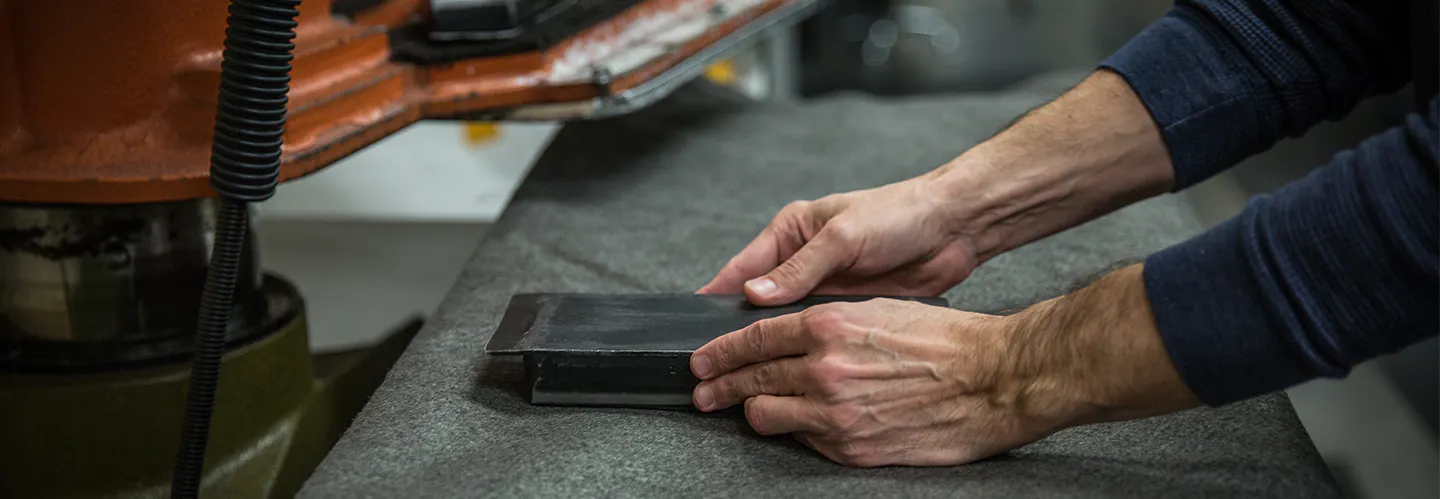
Understanding typical values, MARV and minimum values
Often, we're asked to differentiate between Minimum Average Roll Value (MARV), Typical Value, and Minimum Value (MV) in the context of geosynthetics. These terms, crucial for design and specification, must be clearly understood.
This article elucidates these terms for everyone in the geosynthetic industry, from engineers to owners. Furthermore, as all Solmax geosynthetics align with these definitions, you'll gain insights into how they relate to our products.
Relevance to manufacturing quality control (MQC)
Manufacturing processes inherently exhibit variation, as do the tests assessing material properties. Therefore, many geosynthetic manufacturers present properties as MARV, Typical, or MV values, as per American Society for Testing and Materials (ASTM) D-4439.
When launching a new product, extensive testing determines its properties. For instance, to gauge the MARV, MV, and Typical Value for the tensile strength of MIRAFI® 160N Nonwoven 601 geotextile, test results are analyzed, as displayed in Figure 1.
In ASTM D-4439:
The Typical Value, representing the average of all test results, is 180 pounds for Figure 1.
MARV ensures a 97.7% confidence that quality assurance samples surpass the declared value. For normal data, it's the average minus twice the standard deviation. Figure 1's MARV is 160 pounds.
MV gives a 99.9% confidence in the same scenario. It's the average minus thrice the standard deviation. For Figure 1, MV is 150 pounds.
Once these values are released, continuous monitoring ensures the material remains within these parameters. Notably, MARV is the US industry standard for geotextiles, with many specifications referencing it. However, MARV's definition might not cover attributes like opening size or UV stability. Importantly, MARV shouldn't be determined for a limited batch, like a truckload.
Quality assurance (QA) / Conformance relevance
Understanding how manufacturers use these terms, let's explore their verification via quality assurance testing.
Example 1:
A project receives 175 rolls of a geotextile, considered a single lot. The Construction Quality Assurance (CQA) firm verifies conformity with specifications, one being a Grab Tensile Strength (as per ASTM D-4632) of 160 pounds (MARV).
Adhering to ASTM D-4354, samples are taken from six random rolls and sent for testing. The lowest average roll value, per ASTM D-4759, is 161 pounds, surpassing the required 160 pounds, making the entire truckload acceptable. It's worth noting that even if some individual specimen values were below 160 pounds, the lot is still acceptable per ASTM D-4759.
Example 2:
If average roll values for certain samples fall below 160 pounds, those rolls are discarded as per an agreement. The rest are re-sampled and tested. The lot is approved if the lowest average roll value meets or exceeds 160 pounds. If not, the entire lot fails.
Solmax's commitment to quality
Solmax prides itself on offering top-tier products backed by robust documentation. Our Ringgold plant boasts an onsite testing facility, performing around 35 tests daily for quality assurance. We maintain traceability for every shipped product. Moreover, our lab holds certifications from the Geosynthetic Accreditation Institute/Laboratory Accreditation Program and the American Association for Laboratory Accreditation.
Explore more blogs
View allHow to combine engineered earth armoring with greywater treatment
Resilient water management by combining greywater recycling with engineered earth armoring for irrigation, erosion control, and increased property value.
How can geosynthetics help energy transition?
Geosynthetics accelerate agricultural outputs and improve resilience by optimizing water management through enhanced irrigation efficiency and providing structural stability to agricultural infrastructures like dams and reservoirs.
How can geosynthetics accelerate agriculture outputs and improve resilience?
Geosynthetics accelerate agricultural outputs and improve resilience by optimizing water management through enhanced irrigation efficiency and providing structural stability to agricultural infrastructures like dams and reservoirs.